Can U Use A Cannon Lens On A Nikon Camera
Are yous defenseless between using a Nikon lens and a Canon DSLR?
Devoted Nikon or Canon users meliorate look away at present.
Despite the contest betwixt these 2 photographic camera giants, there are many good reasons for using a Nikon lens on a Canon DSLR. All yous demand is a Nikon to Canon lens adapter.
This article volition take you through four simple steps for using a Nikon to Catechism lens adapter. Nosotros'll also explore the limitations of using 1 of these tools and compare the different types you tin can discover on the market.
Then, if y'all want to unite your favourite Nikon lens with your Canon DSLR, look no further.
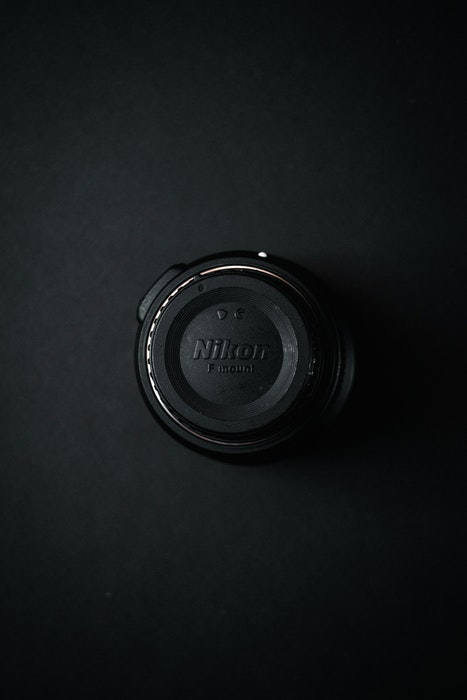

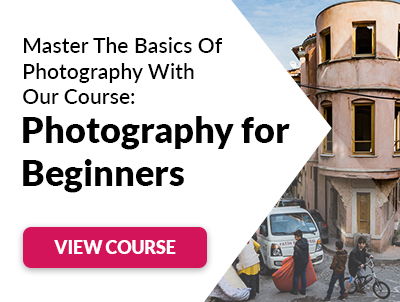
1. Cheque Your Lens Mounts
In photography, the mechanical connexion between lens and camera is called the lens mountain.
Each manufacturer has its unique mounting machinery. Because of this, a lens will not connect to the camera body of a different manufacturer.
There are exceptions to this rule, nevertheless. Third-party manufacturers, such every bit Sigma, Tamron, and Zeiss, design lenses especially for Nikon and Canon (and many more). Only if you're non using a third-party lens, the manufacturers need to match. And this is where lens adapters come in.
To find the correct adapter, we must first identify the mounts on each end.
So, let's start with the lens.
Nikon Lens Mounts
Allow's await at Nikon lens mounts first. Nikon produces two lens mounts, which are the F-Mount and Z-Mount.
F-Mount lenses are made for Nikon SLR cameras. Lenses with this type of mountain can exist used with whatsoever Nikon SLR. They are also compatible with Canon SLRs when using an adapter.
Z-Mount lenses are made for Nikon mirrorless cameras. These lenses are not compatible with Nikon DSLRs. Besides, Z-Mount lenses cannot be used on a Canon DSLR with an adapter.
Within Nikon'due south F-Mount range, you should as well consider which specific type of lens you have. This is because some lens types are more compatible with adapters than others.
The easiest way to find out which lens y'all accept is to check the lens's outside for clues.
Classic Nikon F-Mount lenses (AI-Blazon, AI-Southward Type, D-Type) take an aperture ring on the lens. This ways you can still hands control the aperture, even when using an adapter.
Modern Nikon F-Mount lenses (Chiliad-Type and East-Type) have no aperture ring on the lens. Aperture values for these lenses are instead controlled electronically using the camera's internal settings. But while this feature is ideal for modern Nikon DSLRs, it creates a trouble when using an adapter.
To use a G-Type or E-Blazon lens on a Canon DSLR, you volition need an adapter that has an integrated aperture control function. This type of adapter includes an discontinuity band that you can control manually with your finger.
Problem solved!
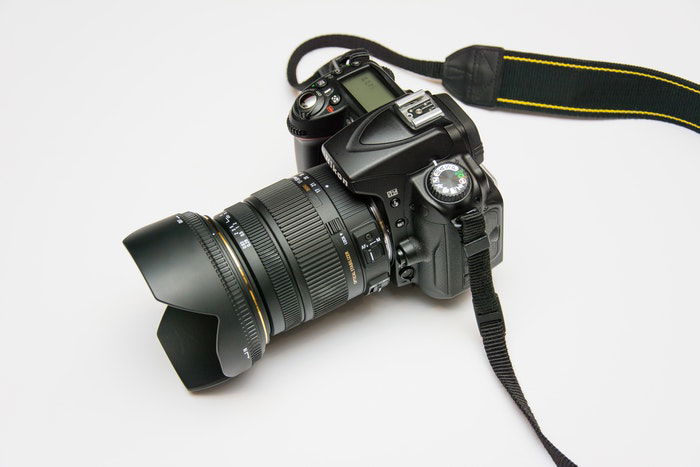
Tin can You Put a Canon Lens on a Nikon Mount?
Unfortunately, using a Canon lens on a Nikon camera isn't as straightforward.
Information technology all comes downward to design.
Cameras are designed to have a specific distance between the rear of the lens and the sensor (or pic). This characteristic is known as the flange distance. In all Catechism SLRs, this distance is 44mm. For Nikon, it's 46.5mm.
Considering the flange distance is greater in Nikon cameras than in Canon, at that place'south extra space (2.5mm) to add an adapter. Doing then enables you to use infinity focus in Nikon lenses.
Nonetheless, mounting a Canon lens onto a Nikon SLR is impossible, equally you cannot have a negative two.5mm adapter.
The jury is yet out on whether an adapter to connect Catechism lenses to Nikon SLRs will happen in the futurity.

Canon Lens Mounts
At the other end of the adapter is a different mountain.
So, it'southward likewise a good idea to identify which type of Catechism mount we are adapting to our lens.
Canon produces iii lens mounts for the EOS system. These are the EF, EF-Thousand, and RF.
EF lenses are made for total-frame Canon DSLRs. The EF-Yard mount is made to support cropped sensor, mirrorless Canon cameras. RF lenses are fabricated for full-frame, mirrorless Catechism cameras.
Although these mounts back up different Catechism systems, they are all compatible with Nikon F-Mount lenses when using the correct adapter.
The easiest method for determining which mount is on your Canon camera is to look for indicators on the lens mount itself. Kickoff, remove the lens and then cheque for the following marks.
A red dot indicates an EF mountain. A white square indicates an EF-M mountain. A red nuance indicates an RF mountain.
Can You Use Canon Lenses on Other Cameras?
Yeah! There are many adapters on the marketplace capable of connecting your Canon lenses to camera bodies made by different brands.
These include Micro-4-Thirds, Sony E and Sony Alpha E, Fuji 10 and Fuji GFX, Samsung NX, Leica Chiliad, and Pentax Q.
There are also many lens mounts you can connect with your Nikon DSLR.
They include Micro-Four-Thirds, Contax/Yashica, Pentax G and Pentax 67, Bronica SQ, Leica R and Leica M, Pentacon 6, Minolta MD MC, and Hasselblad.
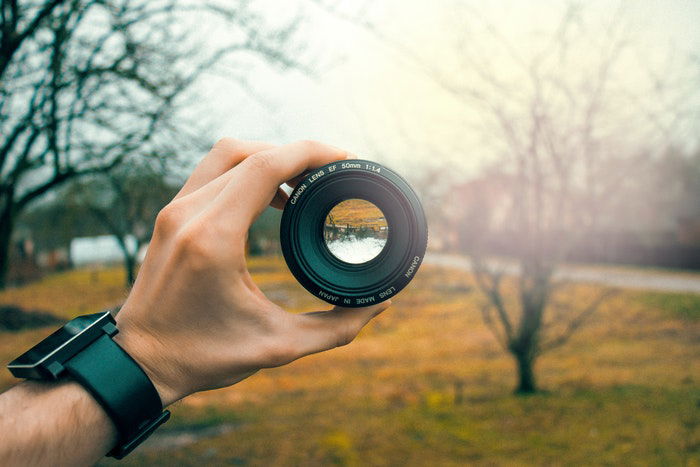
2. Choose the Correct Adapter
In most cases, you want to use a Nikon F-Mount to Catechism EF/EF-Due south adapter.
All the same, adapters range in quality, office, and toll.
The well-nigh price-constructive options on the market place come up in as low as eighteen.99€ from K&F. At the opposite finish of the scale, a high-quality adapter from Novoflex tin set up you back upwards of 170€.
Regardless of price, yous should aim to discover a sturdy adapter designed precisely to connect your lens and camera. I highly recommend using an adapter made from metal parts that will not break easily.
Yous want it to withstand a bump here and there.
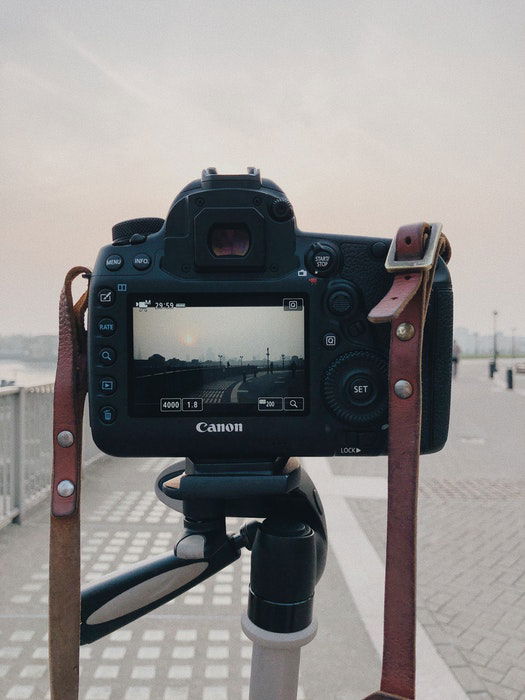
3. Connect the Dots to Avoid Damaging Your Equipment
When using an adapter, information technology's crucial that we first secure the adapter onto the lens.
In doing so, we prevent any damage to the photographic camera or the lens, should one component neglect. You lot don't desire to gamble dropping your expensive equipment.
Adhere Adapter to Lens
Beginning, remove the rear lens cap. Then line up the cerise indicators on the lens and adapter. You'll then want to turn the adapter counter-clockwise until you hear a click.
To remove the adapter, discover and press the release grab on the lens and then plow clockwise.
Attach Lens to Photographic camera
At present that our adapter is safely mounted to the lens, we can attach the adapter to the camera.
Starting time, turn off the camera. Remove the existing lens by pushing down the lens release button. If there's no lens on the camera body but instead the mountain protector cap, turn to remove it.
Adjacent, yous need to friction match up the blood-red dots on both the adapter and camera mount. Rotate clockwise until you hear a click and then turn the camera on.
You will meet an alert that reads something similar 'Ensure lens is attached'. You can skip or bypass this alert using the photographic camera'southward settings.
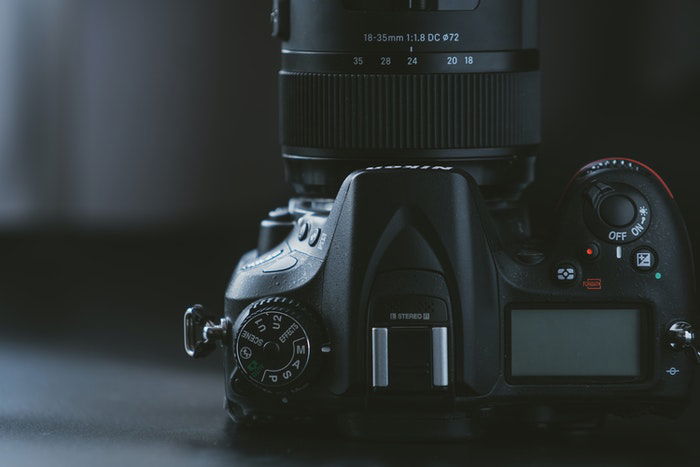
4. Shooting With an Adapter Will Limit Some Functions
With your lens, adapter and photographic camera connected, you're now ready to shoot.
But earlier taking your first shots, you should be aware of some limitations to using an adapter.
The connections that make autofocus possible volition not work between different manufacturers. This is because Autofocus relies on precise electronic advice between lens and camera. When using an adapter, this becomes disrupted.
Mod Nikon lenses automatically open to the widest aperture when mounted to a Nikon camera. The lens then closes to the smallest aperture when dismounted. This feature exists to allow the well-nigh amount of light to pass through the lens to assistance with focusing.
However, an adapter bypasses this feature, making manual focusing more difficult.
Y'all may have to open the aperture to its widest setting to focus your images manually. Then y'all'll need to shut downward to your desired f-finish to take the shot.
On Nikon lenses, epitome stabilization is called Vibration Reduction. Special features such as this, which are frequently found on telephoto lenses, will not function. Take this into account if stabilisation is a priority for you. 1 case of this would be when shooting nature or wild fauna photography.
Light metering will piece of work, but information technology can be imprecise. We recommend using a handheld light meter for more accurate metering in this case.
Automated aperture control will too not work. This is because the lens and camera cannot communicate electronically. As a result, you volition take to command your aperture settings manually.
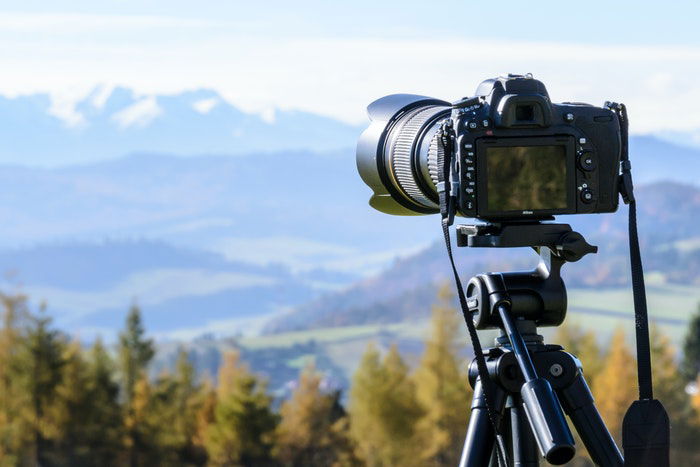
Conclusion
Lens adapters are divisive in the photography community. But there are still many great reasons for using them.
Exist enlightened that you lot'll be working well-nigh entirely with manual settings and features when using an adapter. So, if you enjoy shooting manual, an adapter might be the correct choice for yous. These handy tools offering a simple solution to uniting your favourite Nikon lenses with your Canon DSLR.
For a reliable Nikon to Catechism lens adapter, er recommend the K&F adapter. If you have a mod Nikon lens, the same adapter with a manual aperture control feature is also available.
Novoflex likewise offers a solid Nikon to Canon adapter alternative with this feature. Bank check out both options to see which best fits your needs and budget.
If you're ready to put your new adapter to apply and capture stunning images, check out our Dreamy Babyhood Portraits eBook.
Source: https://expertphotography.com/nikon-to-canon-lens-adapter/
Posted by: rodriguezquakfank.blogspot.com


0 Response to "Can U Use A Cannon Lens On A Nikon Camera"
Post a Comment